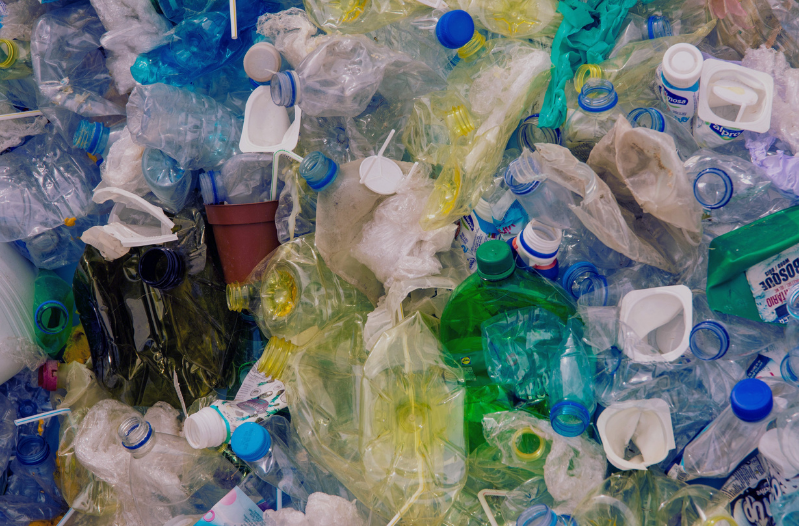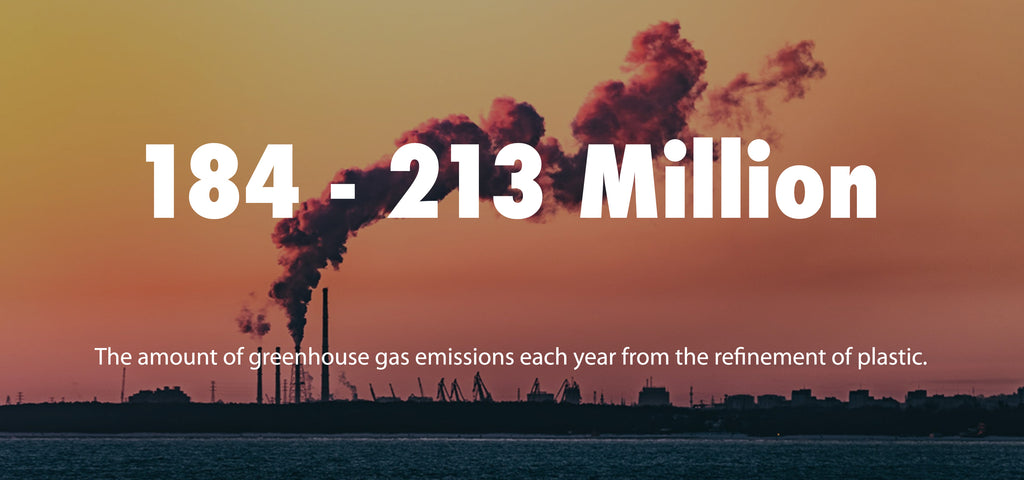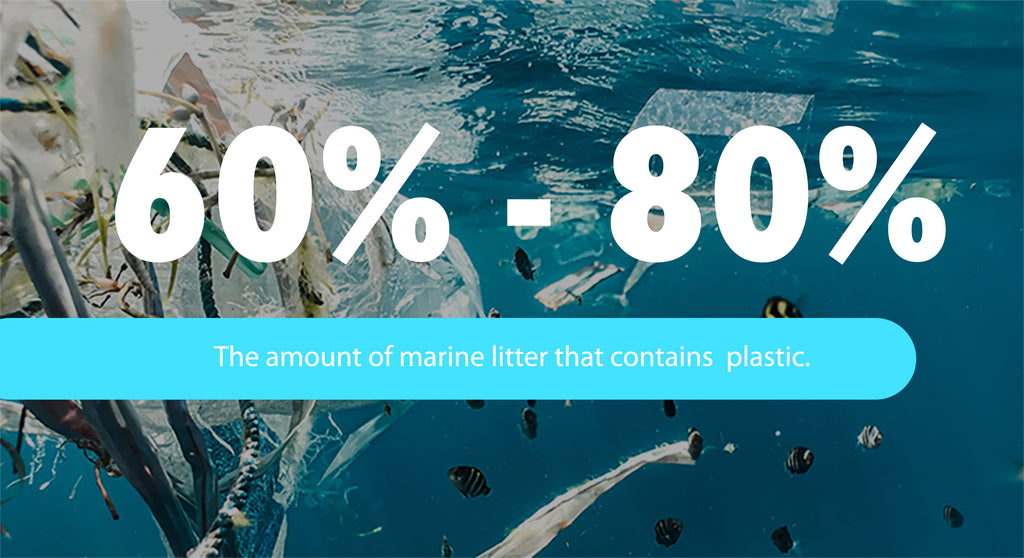
CUT THE SINGLE-USE PLASTIC!
WHAT IS PLASTIC WASTE?
The amount of plastic produced globally each year has increased exponentially in just a human lifetime. From 2 million tonnes in 1950 to 367 million tonnes in 2020 (Statista, 2021).WHAT IS SINGLE-USE PLASTIC?
Single-use plastic products (SUPs) are used once, or for a short period of time, before being thrown away. As half of all plastic produced is designed with the purpose to be used only once. These single-use plastic products are everywhere and for many of us, they’ve become integral to our daily lives.
IMPACT OF SINGLE-USE PLASTIC
Single-use plastic such as; plastic straws, bags, coffee stirrers and water bottles, never break down completely. Instead, they degrade and become microplastics and continue to pollute the environment.
HARM TO WILDLIFE
Millions of animals are killed by plastics every year. Nearly 700 species, including endangered ones, are known to have affected by plastics. As most of the deaths to animals are caused by starvation or entanglement. Seals, whales, turtles, and many are asphyxiated by abandoned fishing gear or discarded six-pack rings.
Research have highlighted that microplastics been found in more than 100 aquatic species, as plastic can penetrate organs or obstruct the digestive tracts. Microplastics are commonly found in fish, shrimp and mussels, that are destined for our dinner plates.
HARM TO THE ENVIRONMENT
A shocking 9% of all plastic waste ever produced has been recycled, while 12% has been incinerated. And the rest at 79% has been gathered in landfills, dumps or the natural environment (UN Environment, 2021), where it takes more than 400 years to degrade.


SINGLE-USE PLASTIC IN ENGLAND
Research in 2020, stated that people in the US and UK produce more plastic waste per person than any other major countries. As the average person in England uses 18 disposable plates and 37 single-use knives, forks and spoons each year according to ministers (Carrington, 2021). As England is set to ban single-use plastic plates, cutlery, and polystyrene cups to reduce the plastic polluting the environment. As they introduced the plastic bag charge in 2015 which has cut the use in supermarket by 95%, and since then they have banned plastic microbeads in washing products in 2018 and single-use plastic straws, cotton buds and drinks stirrers in 2020.
Have a read of the Do Something Drastic, Cut the Plastic blog to understand fully the effects plastic has on our environment and ourselves.


